If you’ve been watching Emily in Paris, you might be wondering about Solitano, where Emily meets Marcello’s mother and joins a big birthday lunch for one of the employees of his family’s cashmere company. Solitano, of course, doesn’t exist, but the scenes of the fictional hamlet were filmed in a real place: Ostia.
Netflix aside, Ostia really is worth visiting—in part for the Medieval borgo where those scenes were filmed, but more so for the archeological park, Ostia Antica. In some ways, I think Ostia Antica is even more impressive than the Roman Forum—and it’s never crowded. Rick Steves even called it “the most underappreciated sight in all of Italy.”
Founded in the 4th century BCE, Ostia grew from a small military settlement into a thriving town with an estimated 50,000 inhabitants in the 2nd century CE. It prospered as the port of Rome, with ships arriving from all over the Mediterranean and beyond to deliver goods from the far reaches of the empire. Back then, Ostia was where the mouth of the Tiber met the Mediterranean Sea. (Ostium means mouth of a river in Latin.)
Many of the ruins that you see now date back to this period of prosperity under the emperors Claudius and Trajan. Ostia’s Forum was rebuilt, the Capitolium (the city’s main temple) was dedicated, and public baths were constructed, along with warehouses, guild seats, and multi-story residential buildings.
When I visited last year with Elisa Valeria Bove, CEO of Roma Experience, she explained how you can tell what the shops used to sell by looking at the images depicted on the mosaics, pointing out a boat rental agency and a fishmonger. She showed me a bakery and a tavern, spacious villas and humble condominiums. We walked on ancient paving stones and admired the theater, with masks carved out of stone. Elisa even showed me the remains of the oldest synagogue in the Roman Empire, marked by a menorah.
I think visiting Ostia Antica gives you a better sense of how people actually lived back then than the Roman Forum does. Yes, the Forum is fascinating, but you don’t see the kind of intricate mosaics that you can see in Ostia Antica. Elisa agrees. She studied archeology and dug in Ostia Antica, so she knows the site intimately.
“It’s worth going to Ostia because it helps us understand the economy of ancient Rome, having been the beating heart of commerce in the empire. Besides the fact that the latrines, the laundries, and the residences have been preserved, it’s almost a second Pompeii, only 40 minutes from Rome,” she says. “In order to understand the expansion of Rome, you have to go to Ostia Antica.”
This incredible place is perfect for a day trip. You’ll need at least three hours to visit the archeological park, and even then you won’t see everything. Once you get inside, there are some signs explaining the ruins, but not everything is marked, so it’s much more interesting if you go with a guide like Elisa who can bring this place to life.
I recommend going in the morning and then having lunch in the Medieval borgo. Elisa and I had a delicious lunch at Arianna al Borghetto, which serves traditional Roman dishes. I’ve also had a great meal at Molo Diciasette, a seafood-focused restaurant in the more modern part of town near the waterfront.
Further Reading
The quote above from Rick Steves comes from this article, which offers another look at Ostia Antica.
Curious about where else to go near Rome? Check out my very subjective list of the best day trips from Rome.
In my recent article for AFAR about how to enjoy Italy without the crowds, Marie-Louis Sciò, CEO of Pellicano Hotels, called Ostia Antica “one of the most incredible Roman sights still standing.”
Learn more about Elisa and how she pivoted from archeology to running a tour company in my interview with her.
You can see all of the New Roman Times’ coverage of under-the-radar destinations here.


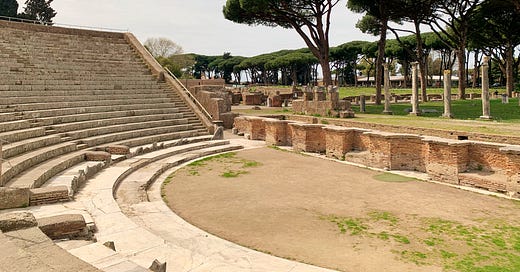



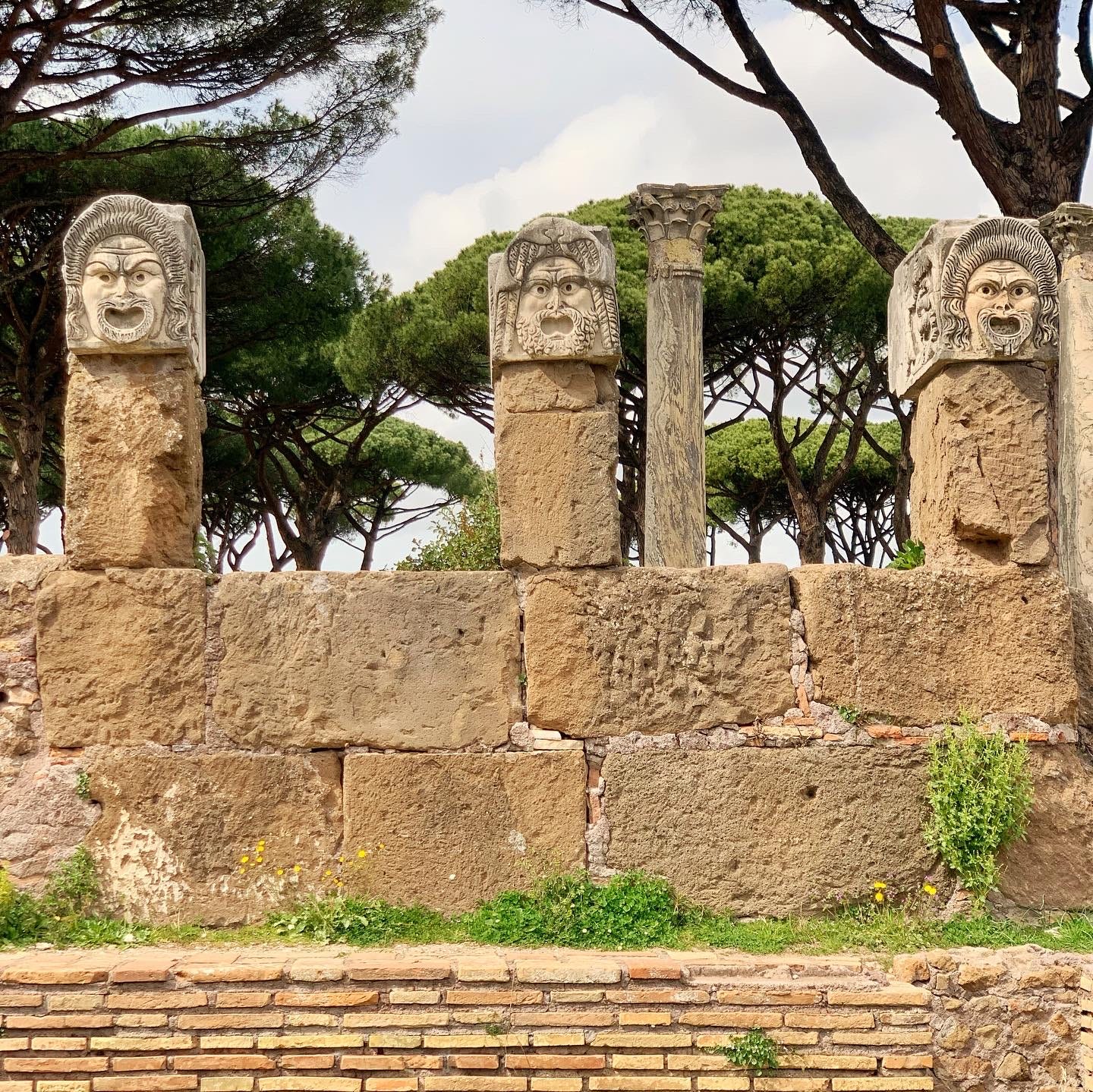
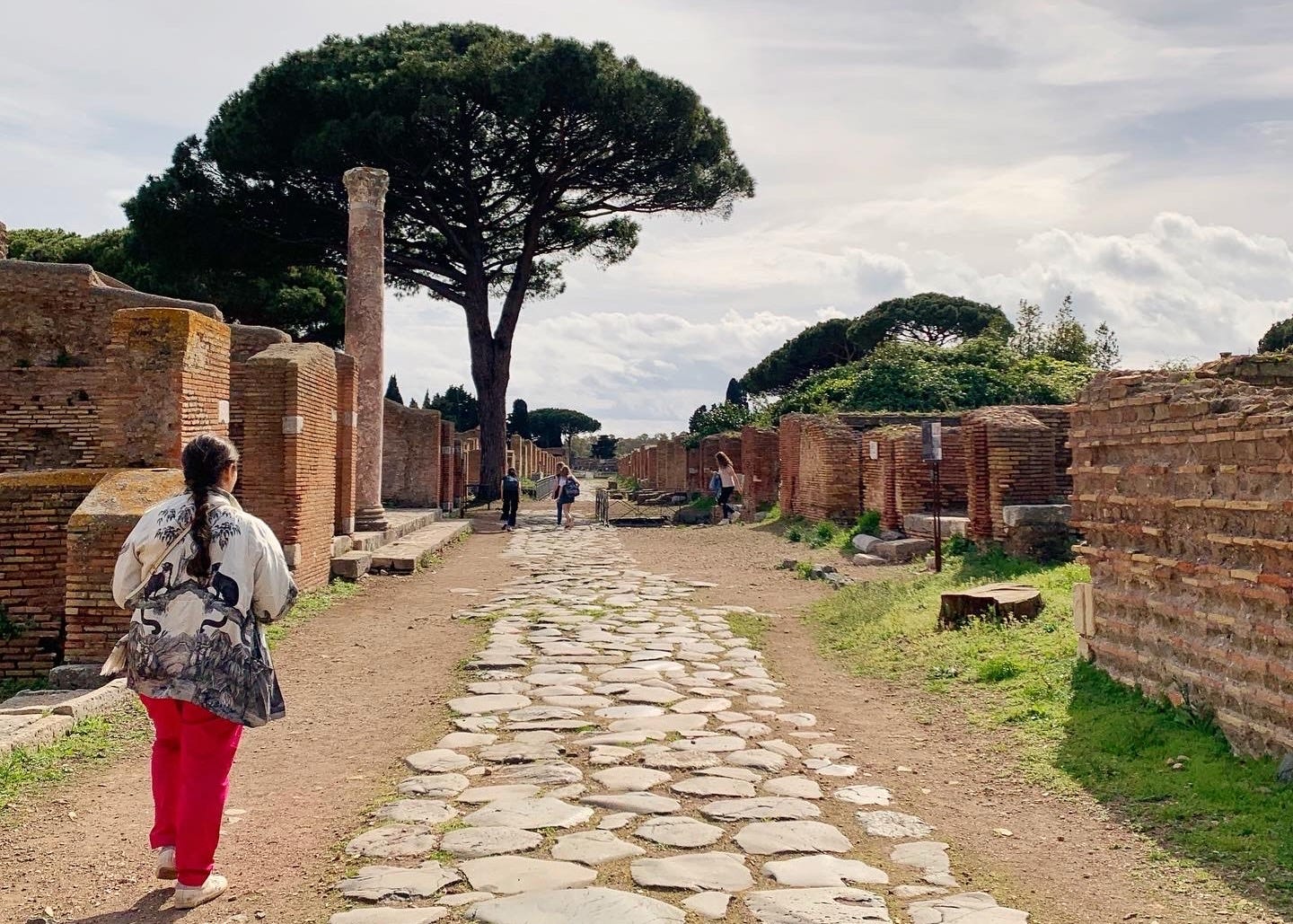
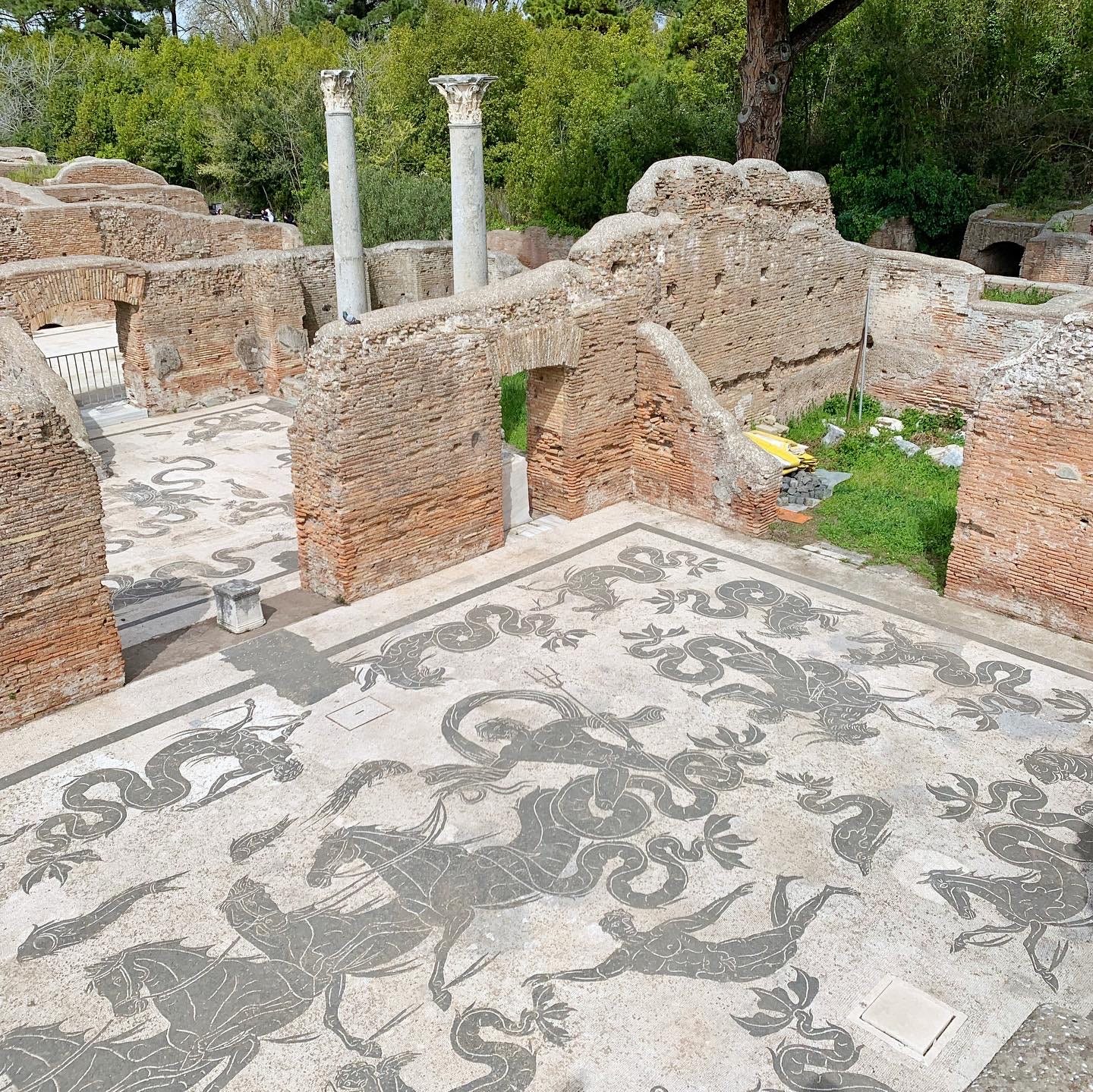
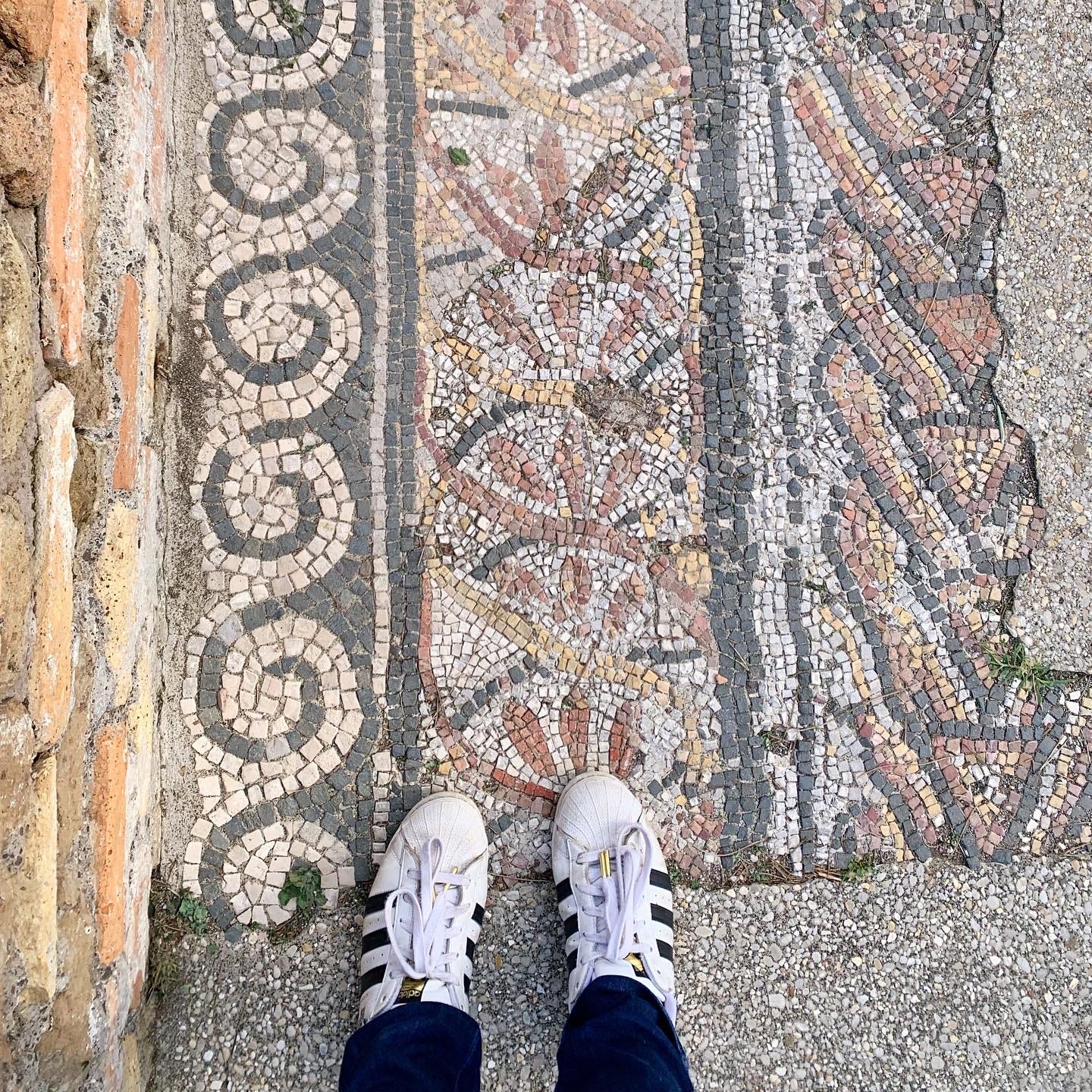
I visit Ostia Antica at least 2 or 3 times a year (and if you go on the first Sunday of the month, entry is free). Everyone talks about Pompeii, which is certainly wonderful and unique in its own way, but it’s always very crowded. At Ostia Antica, even during busier times, you can always find peaceful corners, and it’s truly an ‘immersive’ experience to walk along its streets, alone, hearing only the sound of time passing.
Having lived just outside Rome - in Mostacciano, near PalaEur - through the mid eighties during college (just off Via Veneto) - my girlfriend and I frequently took the short drive. There was never anyone around but us. Visiting there blew our minds and she is Roman! What a place! Most definitely worth a visit. If I’m not mistaken we’d drive out on Via Cristoforo Colombo, which will take you all the way back into town on cobblestone streets past Circo Massimo right to the Colliseum. ROME is in my heart always ❤️🇮🇹